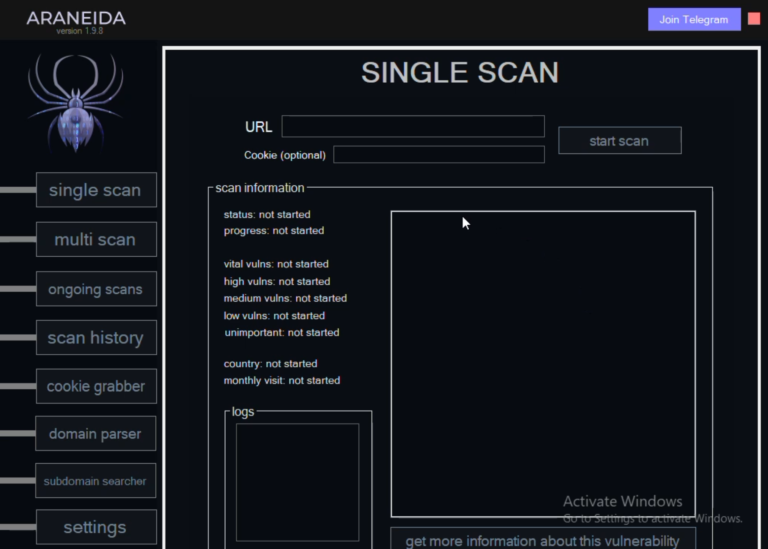
Following numerous sanctions and the exposure of the Predator spyware, its activity significantly declined. However, according to recent data from Insikt Group analysts, malicious campaigns involving spyware are once again gaining momentum.
The Predator infrastructure has resurfaced with enhanced obfuscation and evasion techniques, with the primary countries witnessing its deployment being the Democratic Republic of Congo and Angola.
Developed by Intellexa, Predator poses a serious threat to privacy and security, particularly for high-profile individuals such as politicians, business leaders, and journalists. The spyware is capable of accessing personal data, messages, contacts, and can even activate cameras and microphones without the user’s knowledge.
Analysts note that the new infrastructure incorporates an additional layer of protection, making it even more challenging to identify its users and the countries where it is employed. These advancements significantly complicate the work of researchers and cybersecurity experts.
Despite changes in its infrastructure, the attack methods remain the same: Predator continues to utilize so-called “one-click” or “zero-click” attacks, exploiting browser and network vulnerabilities. Although there is no evidence yet of full-fledged remote attacks as seen with Pegasus, the threats posed by Predator remain considerable.
Particularly alarming is the fact that the spyware’s targets are high-ranking individuals who possess critical information valuable to state entities and other malicious actors. The costly license for using Predator further indicates that the spyware is deployed for strategically important objectives.
Experts recommend several measures to guard against spyware: timely software updates, regular device reboots, activating Lockdown Mode, using mobile device management (MDM) systems, and educating staff to recognize phishing attacks.
Despite efforts to regulate and ban the use of spyware, the market for such products continues to expand. This presents new challenges for cybersecurity and governments worldwide, demanding stronger measures to protect privacy and ensure the lawful use of such tools.
The revival of the Predator infrastructure illustrates that the threat posed by spyware has not disappeared. As the world moves toward stricter oversight, spyware is becoming increasingly sophisticated and insidious.


